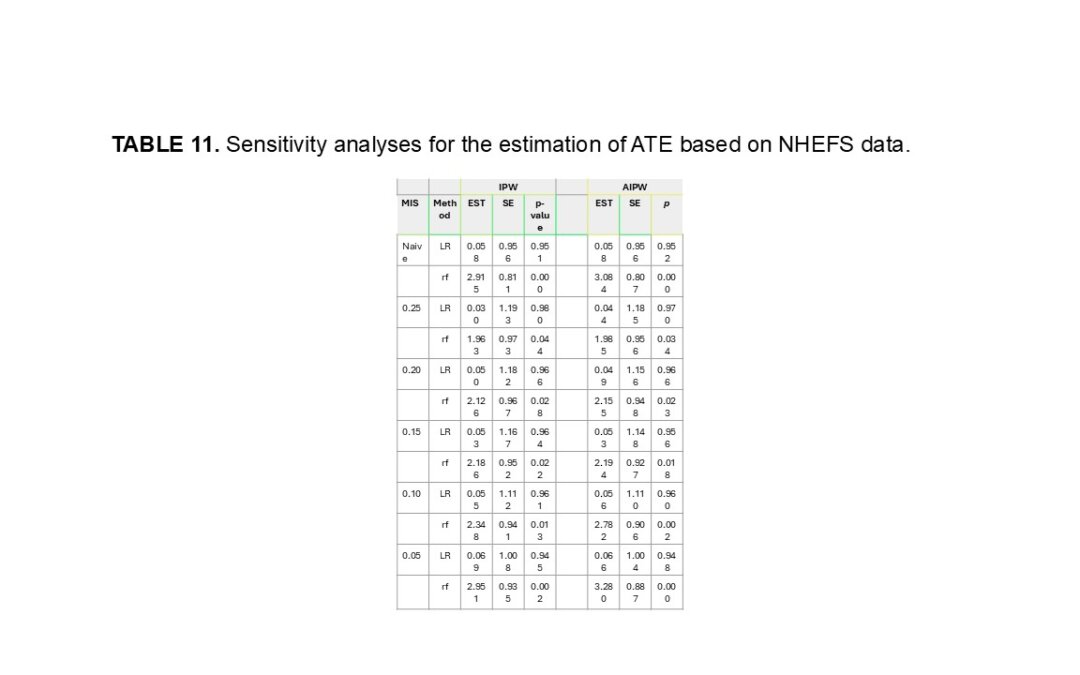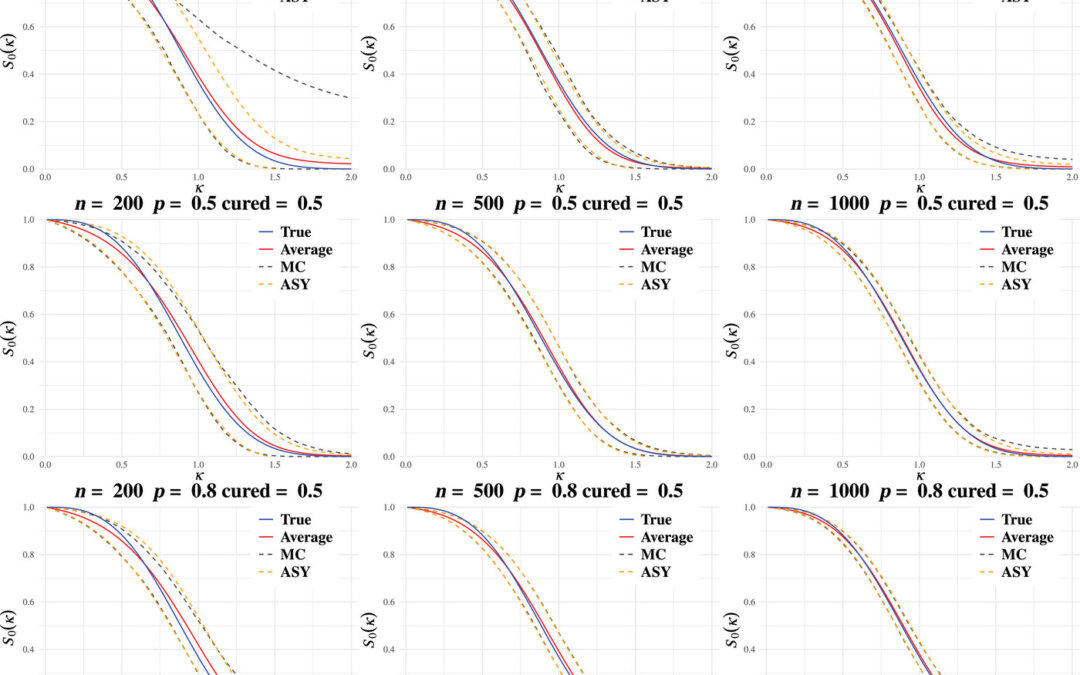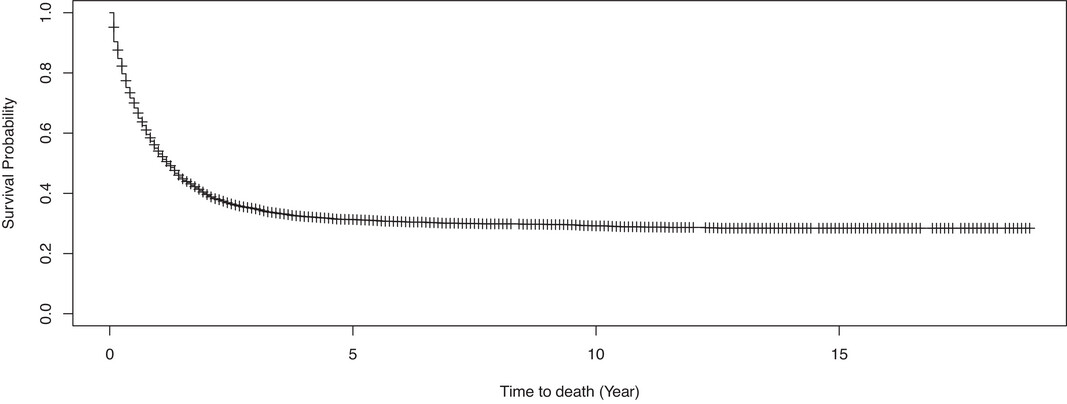
by Usha Govindarajulu | Jan 2, 2025 | Biostatistics, Blog, Usha Govindarajulu
January 1, 2024 The authors were interested in the average treatment effect (ATE) which reflects how the treatment affects the potential outcome. In order to estimate ATE, propensity scores have been adapted for their estimation. such as the inverse probability...

by Usha Govindarajulu | Dec 18, 2024 | Biostatistics, Blog, Usha Govindarajulu
December 18, 2024 Marginal structural models (MSMs) are often used in settings for longitudinal studies with time-varying treatment or covariates observed for each individual at several time points when trying to estimate the causal effects in a way that accounts for...

by Usha Govindarajulu | Dec 4, 2024 | Biostatistics, Blog, Usha Govindarajulu
December 4, 2024 In restricted mean survival time (RMST) analyses, tau is set at some fixed point or as stated as this paper, treated as a nonrandom, prespecified quantity, sometimes derived from the observed data (Tian, 2020). They developed tau-inflated beta...

by Usha Govindarajulu | Nov 20, 2024 | Biostatistics, Blog, Usha Govindarajulu
November 20, 2024 Most of the literature on mixture cure models has focused on using Cox proportional hazards regression for the basis of the model, but the proportional hazards assumption over time can make this difficult, therefore, the authors have focused on using...

by Usha Govindarajulu | Nov 6, 2024 | Biostatistics, Blog, Usha Govindarajulu
November 6, 2024 The literature has been lacking in ways to model sufficient follow-up when analyzing survival data with a cure fraction, which means that the right extreme of the censoring time distribution is larger than that of the survival distribution of the...





